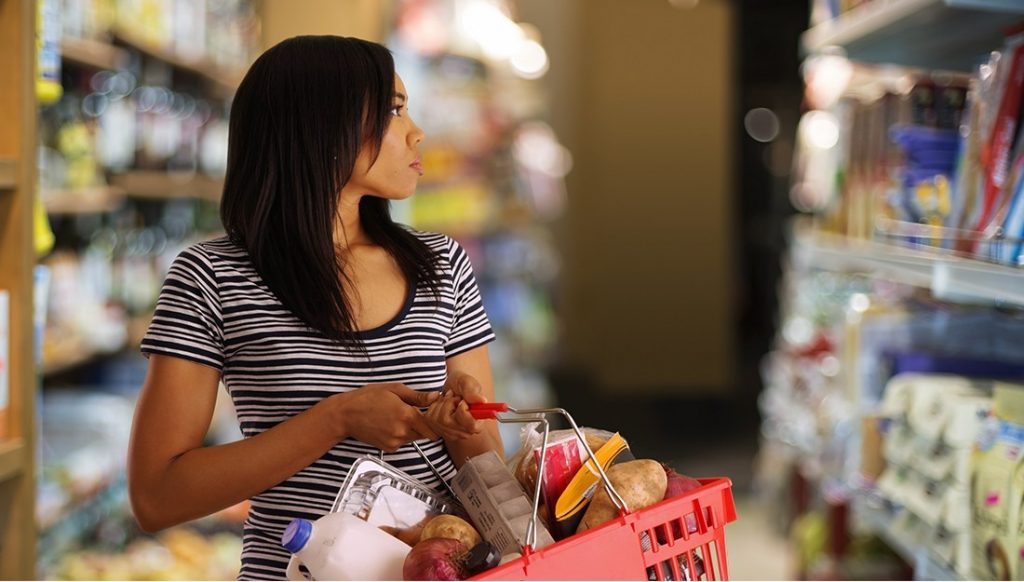Go, Slow, Whoa: Study shows labels can lead to healthier food choices

Consumer-friendly nutrition labels tend to help shoppers make healthier food choices in corner stores located in low-income neighborhoods, a new study suggests.
In a policy brief from the Texas Medical Center Funding Program Collaborative, with funding from the Texas Medical Foundation, researchers led by E. Lisako J. McKyer, professor and associate dean for climate and diversity at the Texas A&M School of Public Health, implemented a consumer-friendly food labeling system in neighborhood corner stores to indicate the difference between healthy and unhealthy options and denote calorically dense, nutritionally poor foods.
The research team worked in collaboration with the Children and Neighbors Defeat Obesity Houston (CAN DO Houston), an organization that aims to prevent obesity with a focus on youth, as well as Texas Southern University and Baylor College of Medicine, to promote healthier eating habits in low-income and minority communities using the “Go, Slow, Whoa!” food labeling system with green, yellow and red, respectively.
The system was created to increase consumer awareness and knowledge of nutritional values in corner stores in low-income communities in Harris County. The green-yellow-red system was implemented in 10 stores in the Sunnyside and Pasadena communities with labeling systems like shelf talkers, aisle violators, and wall posters. According to McKyer, most people in these communities use neighborhood corner stores for buying food because access to supermarkets is an issue in low-income communities.
“That’s why we consider this not merely a health issue, but a social justice issue,” McKyer said. “If the children in these neighborhoods could get the good food they needed and to the schools they need to, we wouldn’t have social and health problems because they would be able to be their optimal selves”
Research findings indicated the labeling system raised awareness in customers of healthier food options. Their most significant finding was the resulting enthusiasm from store personnel and owners and the effects the labeling had on customers, McKyer said.
More than 80 percent of customers who observed the food labels at the participating corner stores said the “Go, Slow, Whoa!” system helped them understand nutritional value. Overall, 75 percent of customers reported the labels had little to no effect on their purchases, but despite their claims, the results showed there was a significant increase in the purchases of healthier food options.
Store personnel reported an increase in sales of fresh fruits, healthy snacks, fresh vegetables and herbs with 75 percent responding that there was an introduction of new fruits and vegetables in their store. An unintentional result was a decrease in cigarette sales, which McKyer said is traditionally one of the largest profits for the corner stores.
Most store clerks said there was little to no effort in updating their store to the “Go, Slow, Whoa!” system. More than 66 percent did not find it troublesome to implement the food labeling system and more than 80 percent said they thought the system should be put into effect in every neighborhood corner store.

